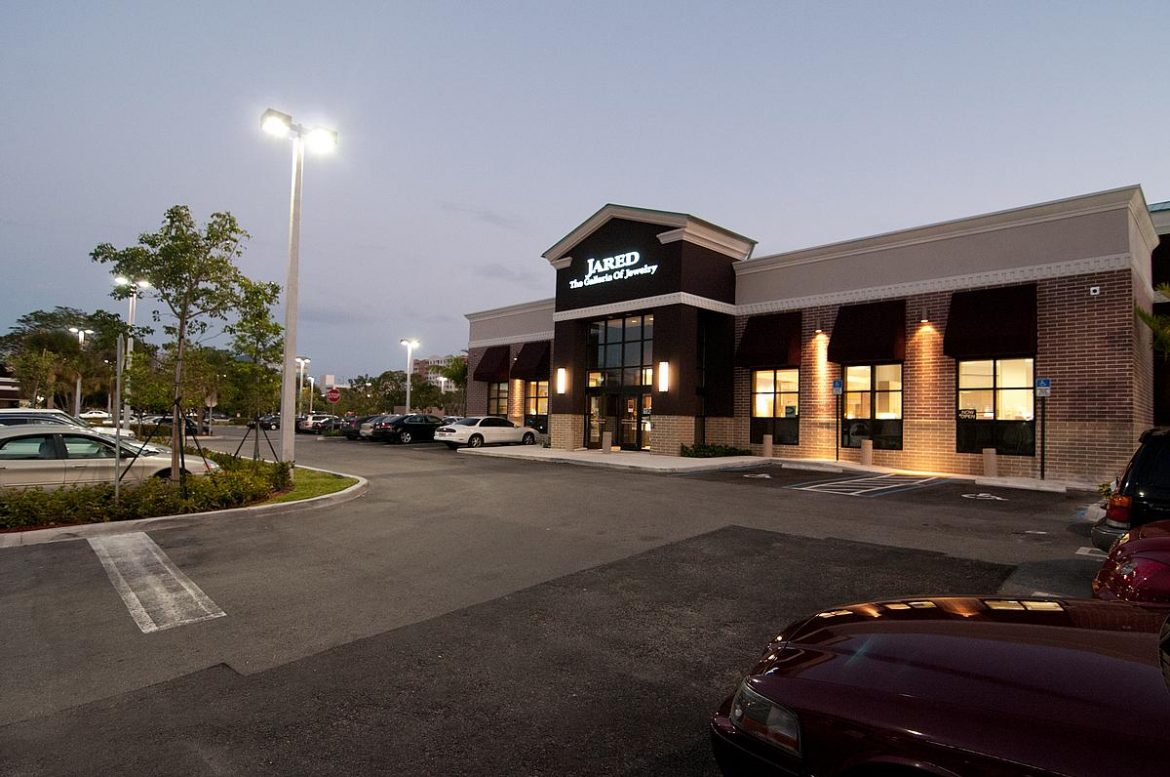
Despite mass unemployment and underemployment, multifamily rental payments have held up far better than many industry experts expected amid the economic wreckage caused by the spread of the novel coronavirus.
More than 36 million people have filed for unemployment in recent weeks and millions of others working fewer hours and taking reduced pay. That’s amid new estimates that real GDP growth for the second quarter will come in at -42.8 percent. Toss in a backdrop in which, as of December, 69 percent of Americans had less than $1,000 in savings accounts, and it would seem to paint a bleak picture on the ability of renters to meet their obligations.
Yet 87.7 percent of apartment households made a full or partial rent payment by May 13, according to a survey of 11.4 million professionally-managed apartments across the U.S. by the National Multifamily Housing Council (NMHC). That’s up from the 85.0 percent who had paid by April 13, 2020, during the first full month of the crisis caused by the spread of the coronavirus. That’s also down from the 89.8 percent of renter households who made rental payments the year before, when the U.S. economy was still strong and long before the coronavirus began to spread.
“Once again, despite the economic and health challenges facing so many, we have found that apartment residents who live in professionally-managed properties are meeting their obligations,” said Doug Bibby, NMHC President.
So what gives?
There are a few things at work. For one, NMHC’s dataset is weighted towards renters more likely to be able to continue working their jobs remotely and those with some savings as a backstop.
NMHC gathered its data from five leading property management software systems: Entrata, MRI Software, RealPage, ResMan and Yardi. It does not represent all apartments in the U.S. For example, the data does not include many government subsidized affordable housing properties.
“These excluded properties are the ones more likely to house residents experiencing financial stress,” says NMHC’s Bibby.
The data also does not include smaller apartment properties that typically don’t use those software system.
“There are thousands and thousands of buildings with 10 units, 20 units, 40 units,” says John Sebree is the senior vice president and national director of Marcus & Millichap’s Multi Housing Division. “They generally don’t have property management software…. However, they generally have personal relationships with their clientele. [So,] their collections are a little better.”
In all, the percentage of renters who made full or partial payments at less-expensive, class-C apartment properties continues to be lower—by about five percentage points—than the percentage of renters at class-A or mid-tier class-B properties who made payments.
“There’s a little more financial distress among residents of lower-priced Class C properties,” says Greg Willett, chief economist for RealPage, Inc. “Many of those who held jobs in hard-hit industries like hospitality and retail stores live in the nation’s class-C apartment stock.” These families often earn lower incomes and have little or no emergency cash reserves to deal with income interruptions, says Willett.
Still, even in class-C stock, the percent paying rent remains high.
A big reason: The expanded federal $600-a-week unemployment benefits put in place as part of the CARES Act on top of whatever each state normally pays out has left many workers making more money now than when they were in their jobs, enabling them to keep up with rental payments.
As an analysis from Fivethirtyeight.com explained, Congress arrived at the $600 a week figure by looking at the national average unemployment payout of $370 per week and the national average salary for unemployment recipients of $970 per week. So the goal of the $600 was to make up the difference.
But given the income inequality in the U.S., far more workers’ wages are below that average figure than above. The net result has been that for millions of workers, being unemployed has led to a rise in their weekly pay. The multifamily sector has been a backdoor beneficiary of that federal largesse, since it has translated into more people being able to pay rent than one would expect with an official unemployment rate approaching 15 percent.
“The enhanced unemployment benefits provided by the CARES Act are helping the financial burdens of those who have lost their jobs,” says Willett. “These households appear to placing rent payments as a top priority.”
The issue going forward, however, is that the expanded benefits are scheduled to expire at the end of July. So the concern multifamily property owners were feeling before the CARES Act was enacted could rise anew later in the summer if the economy has not sufficiently recovered.
“As current federal support programs begin to reach their limit, it will be even more critical for Congress to enact a meaningful renter assistance program,” says Bibby. “It’s the only way to avoid adding a housing crisis to our health and economic crisis.”
Regional differences
Rental payment rates are also varying by region.
“Rent payments tend to be best in the places where the local economies are heavy on the tech sector or government defense tend to have the high shares,” says Willett. May’s best collections through about the middle of May 2020 are in Sacramento, Calif.; Virginia Beach, Va.; Riverside-San Bernardino, Calif.; Portland, Me.; Portland, Ore.; Denver, Colo.; and San Jose, Calif. “Some 93 percent to 94 percent of households in these places have paid their rent.”
Trouble spots include New York City; New Orleans and Las Vegas. These are locations where the spread of COVID-19 has been especially challenging or where tourism is particularly important to the local economy. The payment figures also are well under normal in Los Angeles, says Willett. Higher-cost markets like New York and Los Angeles are also cities where the expanded federal unemployment payouts are less likely to result in unemployed workers making more than they did while they had jobs.
Source: NREI

